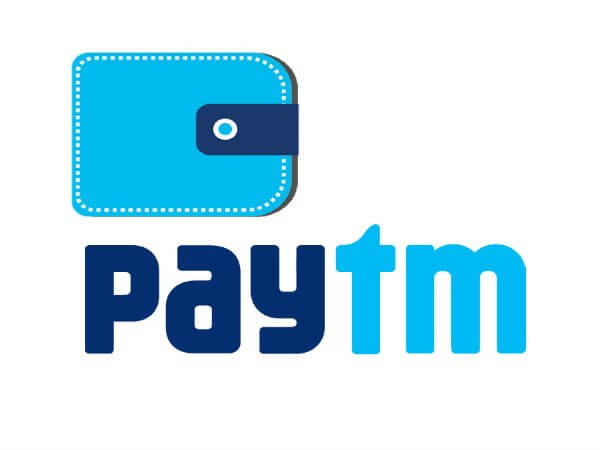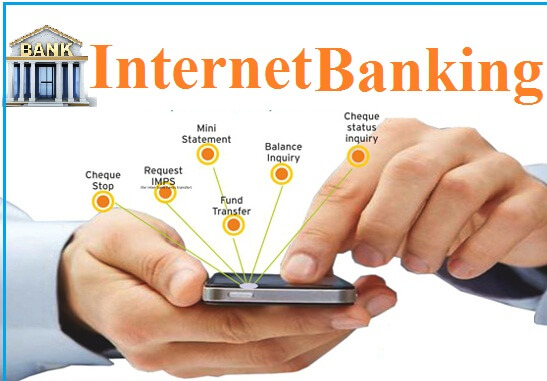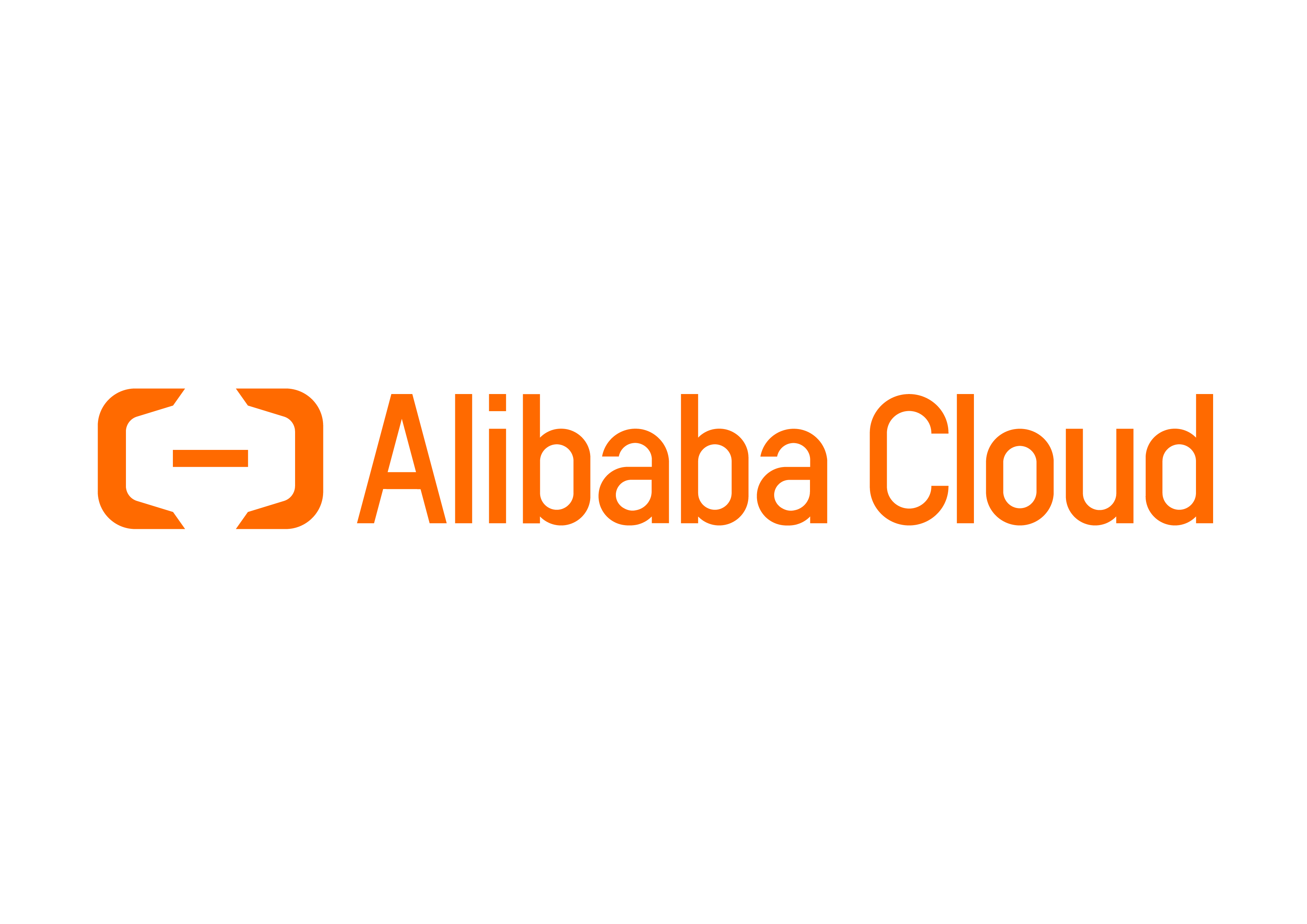This Independence Day, we take a look at how far India has come since the inception of the digital India movement
As India celebrates its 72nd Independence Day, we dive into an India that has grown with the rest of the world and now stands at the 48th place in the world in terms of digital ranking. India has evolved with its digital movements turning its citizens into netizens today that use their mobile phones to hail cabs, shop, transfer payments and also pay bills.
Digital India – Modi Government reforms

Then – The Digital India initiative by Prime Minister, Narendra Modi on July 1st 2015 with an objective of connecting rural areas with high-speed internet networks and improving digital literacy has taken off exponentially in myriad directions. The facilities committed included Bharat net, Digital Locker, e-education, e-health, e-sign, e-shopping and national scholarship portals.
Now – India’s Digital Index rose by 56 percent during 2014-2017, from 18-29 on a scale of 1-100. This has placed the country second in terms of growth among 17 emerging and mature Digital economies, according to McKinsey Global Institute (MGI). The number of internet users grew steadily from 375 million in October’15 to 500 million by June’18. The digital wave also brought about a spurt in mobile phone usage that accelerated affordable internet access.
Mobile Usage

- The number of mobile internet users stood at 456 million in December 2017, over 17 per cent higher than December 2016, said the report titled ‘Mobile Internet in India 2017’ that also identified young students as being the most prolific consumer of such services
- The combination of affordable handset manufacturing and competitive telecom service provisions are offering better connectivity at affordable rates. The mobile usage in India grew from 375 million users in October 2015 to a whooping 500 million in June2018 according to IAMAI & Kantar IMRB I-Cube 2017 and Counterpoint Research
- The growth of mobile phone usage in Urban India is about to witness a slowdown while the mobile penetration in rural India is on the rise. Mobile internet is predominantly used by youngsters, with 46 percent of urban users and 57 percent of rural users below the age of 25
Paytm

- The onset of Paytm revolutionised payments, bookings, e-commerce and other functions for India’s mobile phone users. The demonetisation policy implemented by the Prime Minister fuelled the usage of Paytm and other mobile wallets. The digital wallet currently claims 230 million registered users
What is Paytm?
- Paytm, owned by One97 Communications, is a digital payments platform that allows you to transfer cash into the integrated wallet via online banking, debit cards, and credit cards, or even by depositing cash via select banks and partners. Using the money in the Paytm wallet, you can pay for a number of goods without using cash
- Among the transactions you can make on Paytm are recharges for mobile phones, metro cards, DTH cable, data cards, etc, as well as post-paid payments for mobile phones, landline/ broadband, electricity, water and gas bills, etc. You can also book tickets for buses, trains, flights, movies, hotel rooms, etc. and pay for Uber cab rides using the platform. Additionally, it lets users buy goods on the company’s e-commerce platform using the wallet, and even make offline payments at over 8 lakh merchants
Net Banking

- The cashless India movement has accelerated convenient banking in the form of net banking services that has simplified cheque deposits, fund transfers, bill payments, withdrawals etc. Banks like HDFC, SBI, Kotak Mahindra etc are at the forefront of digitalised banking
- Banks have benefitted in several ways by adopting newer technologies. E-banking has resulted in reducing costs drastically and has helped generate revenue through various channels. The cost of a bank transaction on Branch Banking is estimated to fall in the range of Rs.70 to Rs.75 while it is around Rs.15 to Rs.16 through ATM, Rs.2 or less on Online Banking and Rs.1 or less on Mobile Banking
- The customer base has also increased because of the convenience in ‘Anywhere Banking’. Digitization has reduced human error. It is possible to access and analyse the data anytime enabling a strong reporting system
E-learning

- E-learning in India has standardized the quality of education and has made it accessible for students in rural areas to scale up the educational ladder. Individuals are able to avail overseas certification courses through this facility
- The E-learning facilities include live instruction, video content delivery, video conferencing, virtual class learning in addition to the installation of projectors in schools
E-Governance

The government introduced a number of initiatives including digilockers to share documents electronically and ‘Bharat Interface For Money (BHIM)’ app that is the UPI based mobile app for digital payments and BHIM Aadhar. The success of some of the apps along with digital wallets by the private sector like Paytm rested on the demonetization drive. The ‘Pradhan Mantri Gramin Digital Saksharta Abhiyan (PMGDISHA)’ was aimed at making digitally literate citizens. The apps are also available in regional languages
Influencers & Youtube web series – Youtubers, Instagram stars

- The millennials in India have taken fashion, beauty, lifestyle, food and travel to a whole new level with influencer marketing trends that have engulfed the lifestyle market. Many brands that identify with a certain audience reach out to these opinion leaders in the form of influencers to market their products. The social media influencers speed up engagement by encouraging likes, shares, retweets and views creatively thereby contributing to customer engagement on behalf of brands
- Some of the top youtubers in the comedy segment include Tanmay Bhat, Bhuvan Bam aka BB Ki Vines, Sahil Khattar, Mallika Dua that have a over a million subscribers and earn between $10,000 to $40,000 annually
- Top social media influencers include Santoshi Shetty, Sejal Kumar, Aashna Shroff, Riya jain who promote beauty, makeup, fashion and lifestyle on their platforms
Web Series
- Youtube viewership has taken over T.V. viewership over the years in India. Regional content is turning out to be king for YouTube India. The video platform claims the growth of regional viewership has tripled over the past two years, helping to make content creation in languages ranging from Haryanvi to Tamil and Telugu a profitable business
- Youtube has provided pools of opportunities for small production houses like dice media, six sigma films that feature web series targeting the life of millennials in India
Food delivery apps – Zomato, Swiggy

- Indian consumers have turned to apps like Zomato and Swiggy for restaurant searches and food delivery options. Zomato had clocked Rs 332.3 crore ($49 million) in revenues as of FY17 with the online ordering forming about 18% of that pie at Rs 58 crore ($9 million). Zomato currently clocks between 3-3.2 million orders per month for its online ordering business while Swiggy clocks over 4.5 million orders per month
- The Zomato gold feature that was introduced in November 2017. With over 200,000 customers across 5 cities having subscribed to the program, Zomato Gold currently forms about 12% of Zomato’s revenues covering about 2,300 restaurants under the program
Ola & Uber

- Ola and Uber both of which count Japan’s SoftBank Group as an investor, have been competing in India’s $12 billion taxi market and in recent months have taken their rivalry overseas
- ‘Ola is targeting high-booking markets in search of profitability because in India, less loyal consumers demanding low-cost rides makes competition more intense’, said Neil Shah, research director at consultancy Counterpoint Research
- In February, Ola launched operations in Australia, its first foray outside India and in one of Uber’s strongholds where the Indian company now has 40,000 drivers on its platform across seven cities
- Ola, founded in 2011, clocks one billion rides each year globally, and has more than one million driver partners in over 110 cities, it said
- The company is also expanding into food delivery, has partnered Microsoft Corp to build a platform for networked cars, and is experimenting with electric vehicles
Conclusion
Brands like Alibaba and Xiaomi have turned their eyes to India’s digitalization thereby attracting many other global brands that want to reach out to this mass of 1.21 billion people. The scope for digital development keeps expanding by the minute because, majority of India’s population consists of the youth between the age groups of 18-24, a target segment that is ripe and in demand all over the world!























